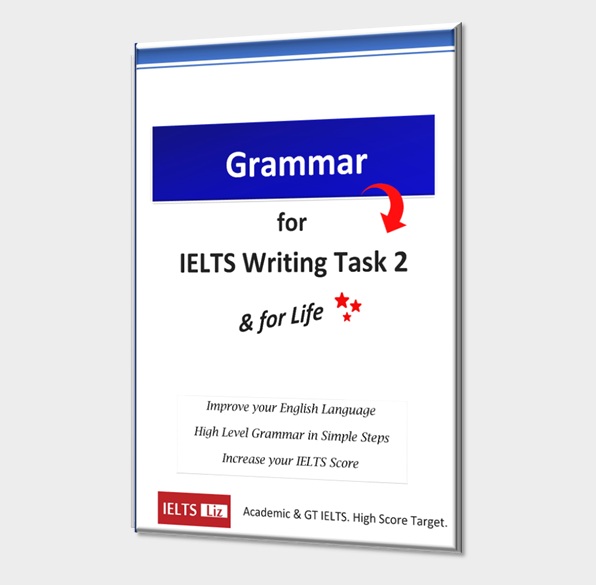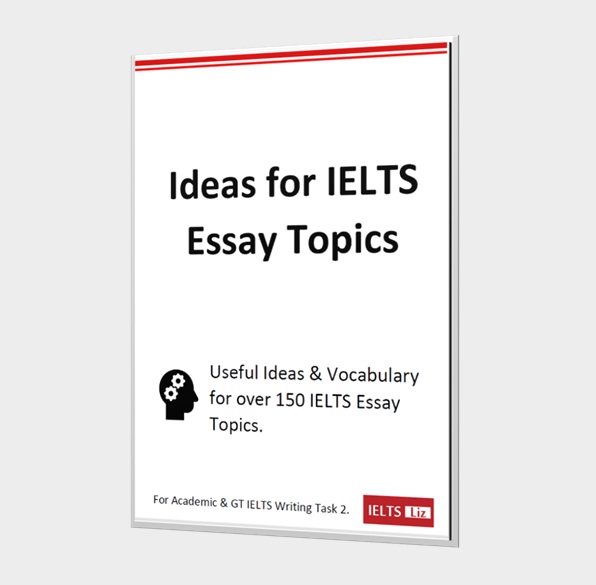Expressing your opinion for IELTS writing task 2 is often confusing. Students are not sure when to give their opinion or how to give their opinion. This video lesson answers the following questions:
- Do I need to give my opinion?
- Can I use “I” or “my” in my essay?
- How can I express my opinion?
Giving your Opinion: Video Tutorial
Other Useful Lessons for Writing Task 2
- When to give your opinion in IELTS Writing Task 2
- Penalty for being under the word count
- Opinion Essay Model Answer
- All Video Lessons for IELTS Writing Task 2






